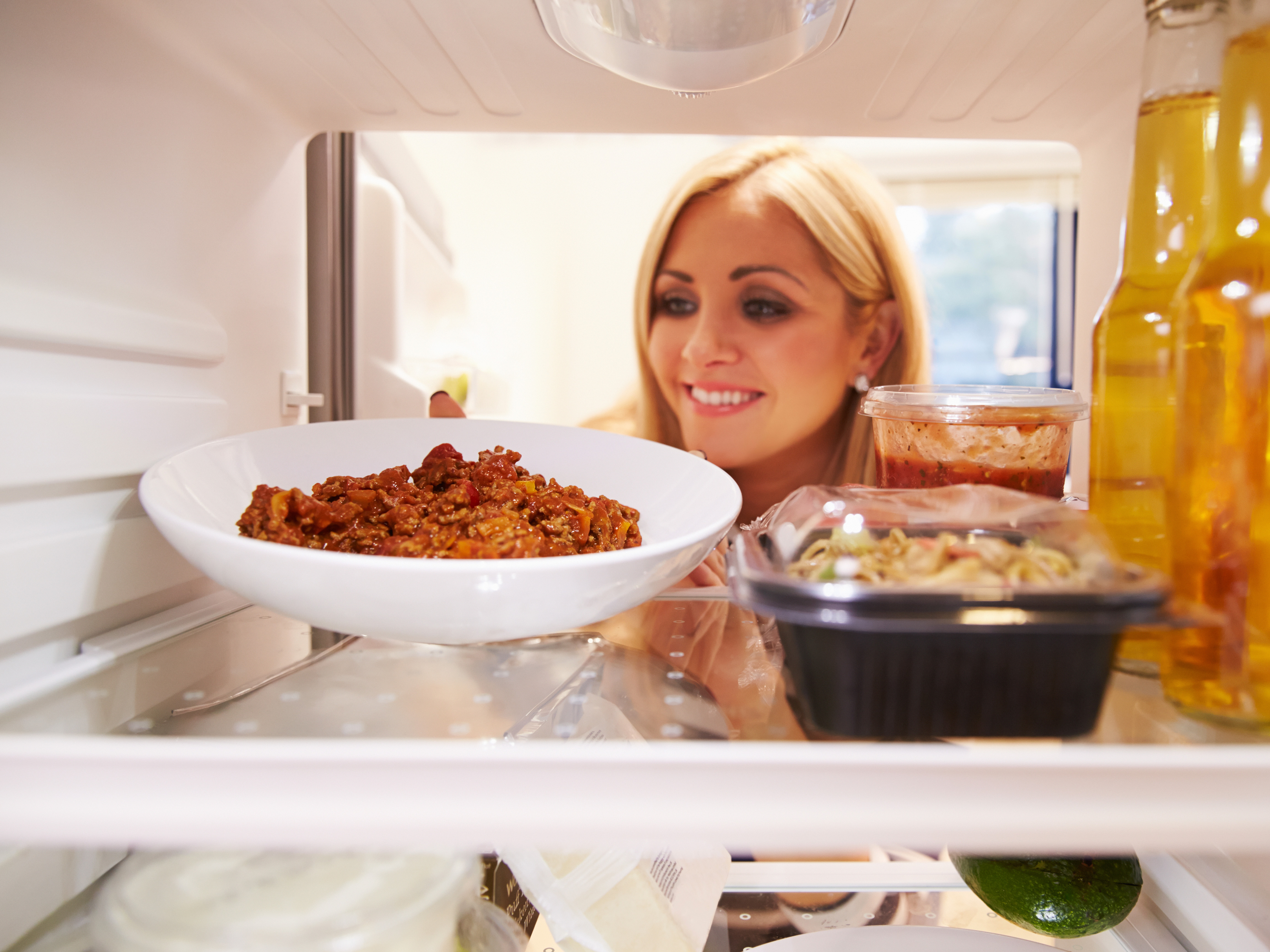Get Easy Health Digest™ in your inbox and don’t miss a thing when you subscribe today. Plus, get the free bonus report, Mother Nature’s Tips, Tricks and Remedies for Cholesterol, Blood Pressure & Blood Sugar as my way of saying welcome to the community!
Are your leftovers teeming with listeria?

The cold conditions that would kill other germs are no match for listeria. Where other germs die, it thrives.
In fact, the Food and Drug Administration (FDA) says that listeria germs can continue to grow in your refrigerator. And that’s really bad news if you refrigerate listeria-contaminated foods — because the germs can multiply and even spread to other foods in your refrigerator.
If you’re exposed — and very lucky — you may only experience stomach bug-like symptoms. Listeriosis, the infection that results from exposure to the bacterium Listeria monocytogenes, can cause diarrhea and nausea, fever and muscle aches.
But it can be life-threatening for infants, the elderly, or individuals with weakened immune systems such as pregnant women or people with cancer, diabetes or kidney disease, according to the CDC.
You may remember hearing about Blue Bell Ice Cream pulling their products from grocery store shelves about a year ago. Their product outbreak was linked to 10 cases of listeria bacteria in four states — three of which led to deaths.
And most recently, Dole Fresh Vegetables, Inc. has voluntarily recalled all salads packages at its Springfield, Ohio facility due to a six-state outbreak that has killed one and sickened 12.
When outbreaks like these breach a food processing plant (listeria is found in soil, water, poultry and cattle) and listeria makes its way to the unsuspecting public, the FDA keeps tabs to issue recalls and make sure the public is informed.
And the length of the FDA’s recall list is a strong indication in itself that it’s never wise to just assume your food is safe. That’s why it’s important to take extra precautions in order to keep yourself, and those you’re feeding, safe.
For starters, consider the foods you eat…
Ready-to-eat foods are especially susceptible to listeria. This includes deli meats, hot dogs, smoked seafood and store-prepared salads. You should reheat hot dogs and lunch meats until steaming hot. An internal temperature of 165 degrees Fahrenheit (F) puts you in the “safe zone.”
It’s also wise to avoid soft cheeses such as feta, brie, Camembert, blue-veined cheeses, “queso blanco,” “queso fresco” and Panela, especially if you have a weakened immune system. Pregnant women are warned not to consume it at all.
Food prep and storage…
When preparing food at home, wash all fruits and vegetables under running water before eating, cutting or cooking. Even if you plan to peel the produce before eating, you still need to wash it. You can scrub firm produce (like melons or cucumbers) with a produce brush.
Although listeria can continue to grow at in cold temperatures, it grows more slowly at 40 degrees F or below. Keep your refrigerator set at 40 degrees F or below and your freezer set at 0 degrees F or below.
Divide leftovers into shallow containers to promote rapid, even cooling. Wrap leftovers in plastic wrap or tinfoil or place foods in plastic bags or clean, covered containers. It’s best to throw leftovers away after three days. The longer foods are stored in the refrigerator, the more chance listeria has to grow.
Wipe listeria from your kitchen…
Keeping a clean refrigerator helps keep listeria at bay. Clean up all spills or leaks as soon as possible. It’s especially important to clean juices from hot dogs, lunch meat, and raw meat or poultry.
Remember that listeria can spread from one surface to another. Wash food preparation surfaces with warm, soapy water. Cutting boards should be washed with warm, soapy water after each use. Nonporous acrylic, plastic or glass cutting boards are dishwasher safe.
Dish cloths and towels should be washed in hot water regularly. Don’t forget to wash your reusable, cloth grocery bags as well.












